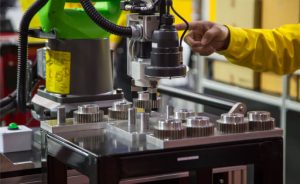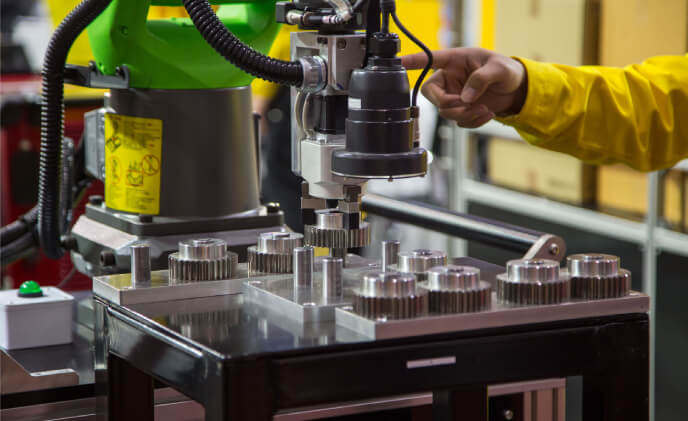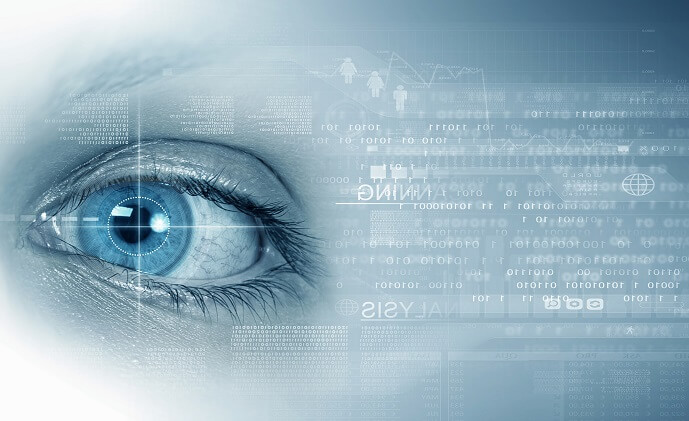When the India-based  pharmaceutical giant Cipla considered ways to improve their manufacturing process, a major problem that caught their attention was that the machine vision cameras they used to quality-check finished products couldn’t quite identify transparent capsules. They also found that the solution they used then had difficulty in identifying dusty tablets. Such things could prove to be critical in ensuring operational efficiency, quality control and deciding production costs.
pharmaceutical giant Cipla considered ways to improve their manufacturing process, a major problem that caught their attention was that the machine vision cameras they used to quality-check finished products couldn’t quite identify transparent capsules. They also found that the solution they used then had difficulty in identifying dusty tablets. Such things could prove to be critical in ensuring operational efficiency, quality control and deciding production costs.
This is where Spookfish Innovations that develops machine vision solutions for manufacturing units in the pharmaceutical sector came into the scene. Cipla was clear on what they wanted. Solve these specific pill-identification problems of theirs. Spookfish, with its computer vision and machine learning algorithms, was able to do exactly that, saving a significant headache for their customers.
This is one of the many examples of how machine vision is transforming the manufacturing industry. The market is huge, as Anupriya Balikai, MD of Spookfish that has offices in Bristol and Bangalore explains.
“There is tremendous potential to bridge the in the manufacturing sector for machine vision,” Balikai said. “Just to give you an example, say you have a new product that is developed. Your machines would need a change in settings to inspect this new product and in the past, you would need an intelligent operator to change these settings. With machine vision and machine learning, you no longer need an operator, automatic learning algorithms would suggest what to change and how to change. ”
How it works
Technically, cameras by themselves just capture images, explained Rick Brookshire, Director of Product Development at Epson America. The so-called “smart cameras” have processors in them for vision processing. Vision systems and AI become significant when deciding what can be done with the captured visuals.
“For example, when training parts for recognition, AI can be used to look at hundreds of parts to define a more accepting model of a good part,” Brookshire said. “At Epson, we use Epson Vision Guide in combination with our IntelliFlex parts feeding system to auto-tune the feeder as well as determine optimal part quantities in the feeder system to maximize throughput. Other examples are where deep learning algorithms are used to help find defects.”
Elaborating on this point further, Shweta Kabadi, Senior Director and Business Unit Manager of Vision SW and Accessories at Cognex, listed the major role machine vision plays in the industrial vertical.
“AI-enabled cameras are used to perform four primary roles in factory automation: guiding, identifying, gauging and inspecting products,” Kabadi said. “Examples of guiding applications could include aligning a screen on a smartphone or guiding a robot to put a windshield in a car. Examples of identifying applications could include reading bar codes behind shrink wrap on a pallet, identifying laser-etched codes on metal pots or detecting components against noisy backgrounds with confusing patterns and glare.”
Actions such as measuring the width and depth of a brake pad as it moves on a conveyor belt are instances of machine vision being used in gauging applications. Identifying cosmetic defects, missing pieces and irregularities on finished products or components are examples of the technology being used in inspection purposes. This could include inspecting for potentially hazardous deformations on lithium-ion batteries as well.
Benefits of machine vision in factories
AI-enabled cameras allow manufacturers to perform critical functions without making contact with the product or slowing down their lines. They can inspect hundreds, or even thousands, of parts per minute, far exceeding the inspection capabilities of humans. They can also inspect object details that are too small to be seen by the human eye.
- Higher quality: Vision inspection provides seamless measurement to improve the quality of the products.
- Increased productivity: Repetitive tasks formerly done manually are now done by machine vision systems
- Reduced cost: Vision systems can handle jobs that require a team of operators and it reduces the labor cost. Machine vision systems also decrease the number of flaws during the process.
- Higher profitability: By reducing defects, increasing yield, facilitating compliance with regulations and tracking parts with machine vision, manufacturers can save money and increase profitability.
- Reduced floor space: By reducing the number of human operators, manufacturers require less floor space.
Source: Prasanth Aby Thomas, Consultant Editor


